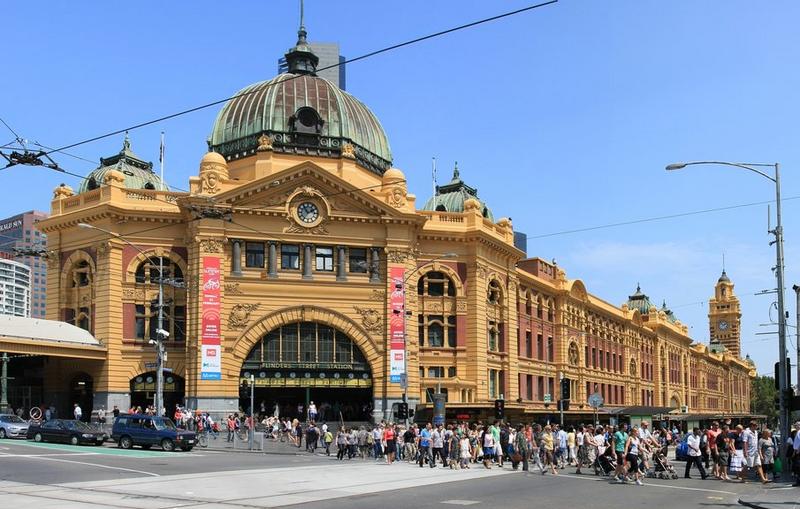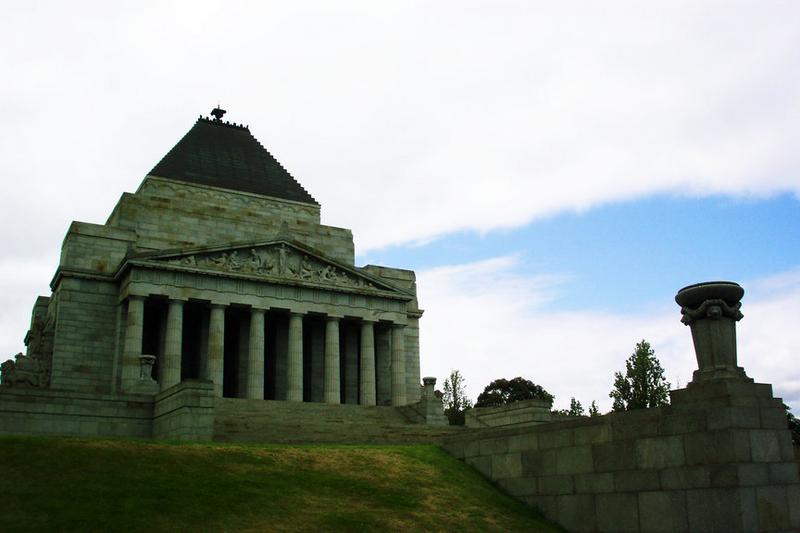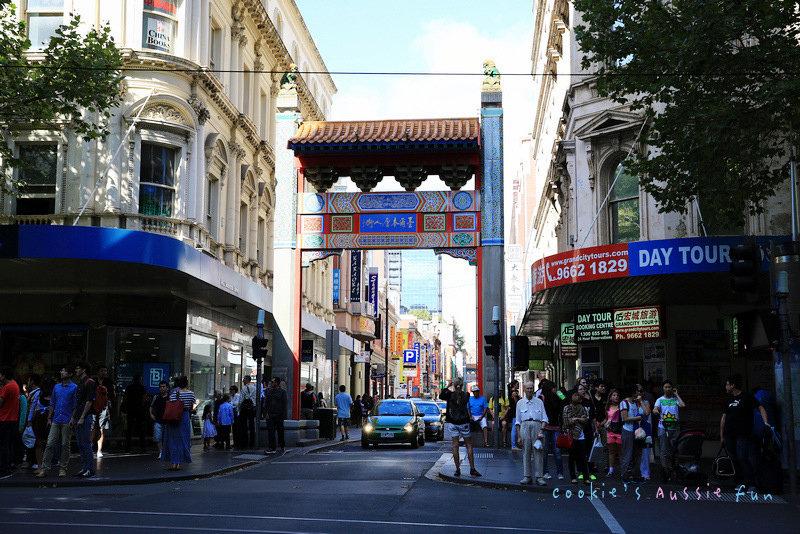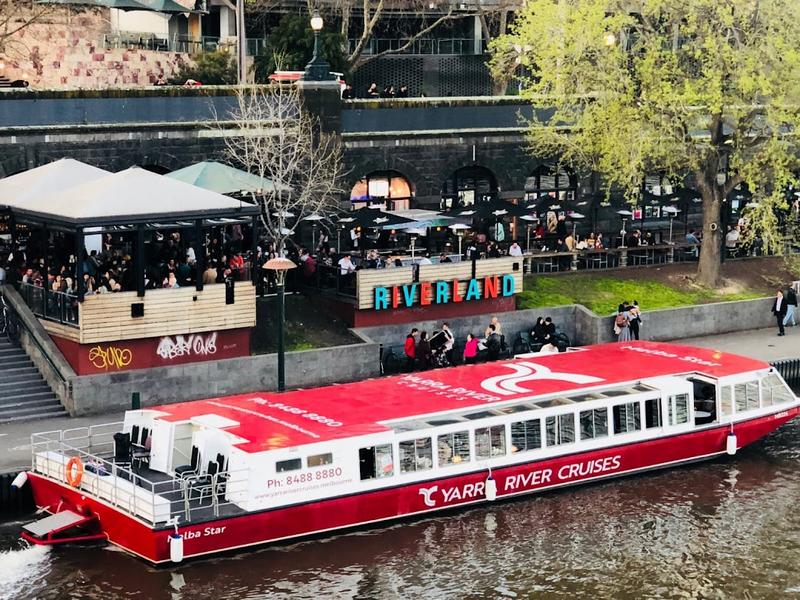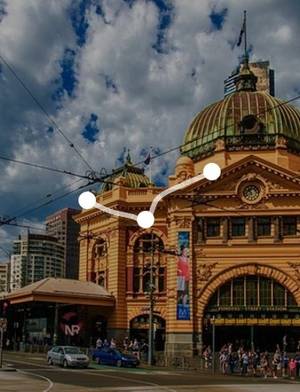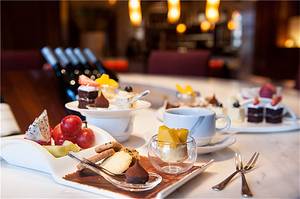Melbourne 3-Day Tour
1 cities |
15 attraction(s) |
total distance 38
km
 TIPS
TIPS
Day1
Day2
Day3
Day1: Melbourne
8 attraction(s) ·
8 km
1
Flinders Street Station is one of Melbourne's largest and busiest train stations, as well as one of the buildings left behind from the Victorian era. As the first railway station in Melbourne, it serves as the central station for local railway lines. Its grand architectural style is very attractive and easily recognizable. Located in the city center, the station's unique location facing Federation Square and St. Paul's Church has become one of Melbourne's most important cultural centers. The entire station is built with yellow stone, and the bronze dome is one of its greatest features. When night falls, the station is illuminated by dim yellow lights and looks especially beautiful. As far as the eye can see, the magnificent buildings give people a peaceful and beautiful feeling. Melbourne residents often meet under the station's clock, which has become an important part of their lives. To experience the charm of Flinders Street Station, it is recommended to visit at night when you will surely be amazed by its unique classical beauty.
1
km
2
Fed Square is located in the center of Melbourne, Australia. It covers an area of 3.2 hectares and is adjacent to the Yarra River. The unique architectural style exudes the charm of Australian Aboriginal culture. The square is a holy place for people to gather, and the tourist center is a focus. Various celebratory events are held here every year, including New Year's countdowns and live sports broadcasts. The history of the square can be traced back to the 1960s. After a large-scale reconstruction, it was put into use in 2002 as a mixed-use multi-functional place with 16 cafes, bars and restaurants, various shops, and tourist service centers. There are many attractions around the square, such as the Ian Potter Center, the Australian Centre for the Moving Image, the National Gallery of Victoria Children's Play area, and the Australian Commercial Art galleries Association, etc. Tourists can spend unforgettable time here. The Melbourne Visitor Center provides thoughtful services for tourists to understand tourism information in Melbourne and Victoria. Fed Square is a vibrant and culturally rich place that is worth visiting.
1
km
3
Contemporary hotel offering hip suites & a lively bar, plus free breakfast & happy-hour cocktails.
2
km
4
The Melbourne Cricket Ground was the main stadium and location for the opening and closing ceremonies of the 1956 Melbourne Olympics. As the largest sports venue in the Southern Hemisphere, it has a seating capacity of 98,500. The venue is not only a frequently used large sports arena, but also served as the main venue for the 2006 Commonwealth Games. Every year, the Australian Football League finals are held here, and Australian football games are played every week, often sold-out. In recent years, the Melbourne Cricket Ground has also served as the home ground for the Australian national football team, hosting World Cup qualifiers, Asian Cup qualifiers, and friendly matches. The Melbourne Cricket Ground continues to renovate its facilities to provide better support for hosting the Australian 2022 World Cup and future international sporting events.
2
km
5
Public gallery with vast, varied collection of noted Australian and international art and artefacts.
1
km
6
The Victoria War Memorial is located next to St. Kilda Road in the south of Melbourne's city center, built in 1934 to commemorate the 19,000 Victorian soldiers who died in the European battlefield during World War I. The memorial uses a Greek classical design style, and the relief on the front is based on the pattern of the goddess of peace in ancient Greek mythology, symbolizing that these soldiers fought for peace. In the center of the memorial hall is a black monument inscribed with the word "Love" in English, symbolizing the soldiers who sacrificed their lives for peace. Every year on November 11th at 11 am, the sun shines through a small hole in the courtyard of the memorial, shining on the "Love" letters on the monument to commemorate these soldiers. Along the corridors around the memorial, there are 42 small copper boxes, each containing the names and achievements of soldiers for future generations to remember. Outside the memorial, there is a sacred fire altar, symbolizing the eternal souls of soldiers who dedicate themselves to peace, and memorial services are held here for ANZAC Day and Armistice Day every year.
1
km
7
The Melbourne Botanic Garden is a beautiful garden located on the banks of the Yarra River, with over 12,000 species of plants from around the world. Walking along the dirt roads in the park, you can admire a small area of pristine rainforest and play frisbee on the large lawn. There is also a 4-kilometer running track in the park that passes by lakes where you can see beautiful eels and black swans. Undoubtedly, this is one of the most striking gardens in Melbourne.
3
km
8
Located in the center of Melbourne, Australia, Chinatown refers to an area between Swanston and Exhibition streets on Little Bourke Street, with the liveliest section between Swanston and Russell. There are numerous Chinese restaurants and shops, and the staff generally speak Mandarin and Cantonese, making it easy for tourists to shop and ask for help.
Chinatown offers a wide variety of goods, including many Australian specialties such as sheepskin and lanolin. When shopping, visitors should remember to bargain moderately. The roads in Chinatown are one-way, allowing only vehicles to travel from east to west. Pedestrians are free to walk, but should be careful of traffic. During major festivals such as the Spring Festival and Mid-Autumn Festival, Chinatown becomes a pedestrian-only street, with vehicles prohibited from entering.
Day2: Melbourne
3 attraction(s) ·
7 km
1
This market, which began in the mid-19th century, has now become the largest open-air market in Australia and even in the southern hemisphere. Here you can find everything, whether it's seafood, fresh meat, vegetables, fruits, or clothing, shoes, souvenirs, etc. If you can make it in time, you can also take advantage of the discounts on fresh fruits, vegetables, and meat before the market closes, and get them at affordable prices. The food night market on Wednesday nights is not to be missed. The night market in 2014 is from July 9th to August 26th, and every Wednesday night from November 5th to March 25th the following year, from 17:00 to 22:00. The night market not only has delicious food, but also bars, clothing, art and other goods, and there are live band performances, which are definitely worth a visit.
3
km
2
In Australian tourism, getting close to animals is a major highlight. You can enter the enclosures of emus and kangaroos to get closer to them; you can also watch sea lions and penguins swim gracefully underwater; if you're lucky, you can even observe polar bears up close through glass. In addition, the park's green environment has its own unique flavor, with various birds freely roaming on the lawns, including peacocks, as if they had escaped from their cages.
4
km
Day3: Melbourne
4 attraction(s) ·
17 km
1
Historical gardens featuring a rosary, flower beds & exotic trees, plus a pond & giant chess board.
6
km
2
Lined with colourful, Victorian bathing boxes, this popular beach provides restrooms & a car park.
11
km
4
Gold-plated observation deck on the 88th floor with panoramic city views & a protruding glass cube.
